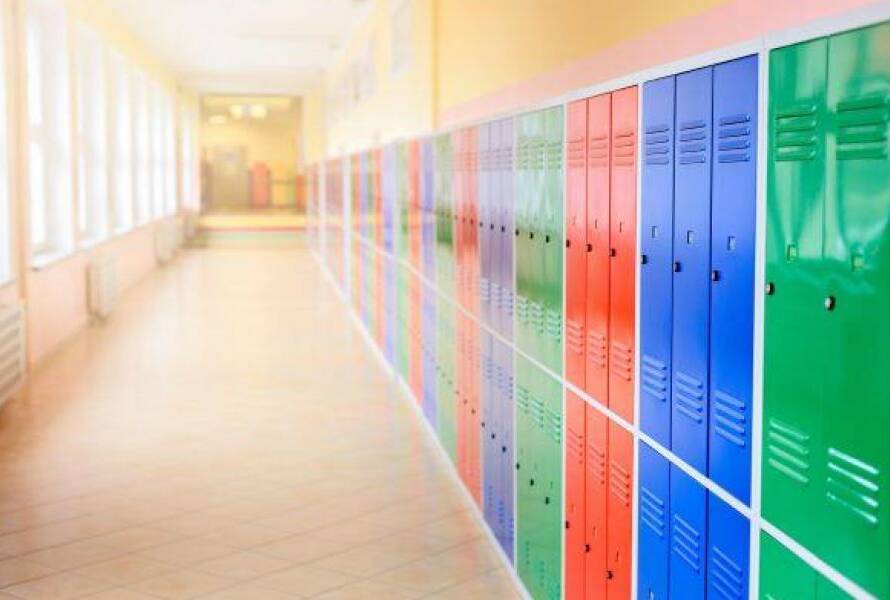
Walking up the steps of the Bently Reserve building is like stepping through a time portal. Designed by George W. Kelham and opened in 1924, the former Federal Reserve Bank features an Ionic colonnade that would look at home in Rome topped by several floors of in a slightly Art-Deco style.
The interior of the 185,850-square-foot building features murals by Jules Guérin, a vault, and a ballroom. In the 1980s, the Federal Reserve moved to a different location on Mission Street while the Bently was added to the National Register of Historic Places and its upper seven floors were divided into a multi-tenant office space. The main floor was reserved for the ballroom and the building’s security team.
“Before the pandemic, the Bently was used as an event space,” says Kerisha Jeffryes, director of security at the Bently, responsible for access control, security personnel, fire, and safety. “We have a huge ballroom where a lot of people either rented it out for high school proms, big events, and the main thing that we were really known for since it hasn’t been a Federal Reserve bank: weddings.”
As a historic building in the Financial District of San Francisco, tourists often stop by to take photos of the building or attempt to enter it to get a peek at the original safe that’s still in the basement. There are also issues with people who are transient or experiencing homelessness congregating on the building’s steps.
“We’re also attached to the Le Meridien Hotel, so we get a lot of different tourists, people, and things that security has to be on high alert at all times for because we’re not sure if you belong in the building—if you’re a tenant, if you’re a guest, if you’re someone who just wants to take pictures, or somebody who’s trying to get into the building because it’s been featured in many big movies,” Jeffryes says.
RFR Holding, a New York real estate investment firm, purchased the Bently in 2020 for $145 million. At the time, it had a Symmetry Access Control system from AMAG Technology, which featured 43 card readers, turnstiles, and guest visitor and badge access.
Read the full customer story here
Salient
Salient is the leading software provider of comprehensive, enterprise-class Video Management Software and Systems. For more than 25 years, Salient has delivered best-in-class video surveillance solutions for critical infrastructure, transportation, logistics, retail, education, and more. Salient leverages intelligent video technology to mitigate risk, improve service delivery, and drive positive business outcomes for customers worldwide. Salient’s award-winning CompleteView VMS platform offers a full range of applications for unmatched scalability through a fully open architecture. Citi Bank, Kirkland’s, University of Notre Dame, ABF Freight, Nike and thousands of other customers trust Salient to provide powerful video-enabled surveillance and business intelligence solutions for today and tomorrow.


